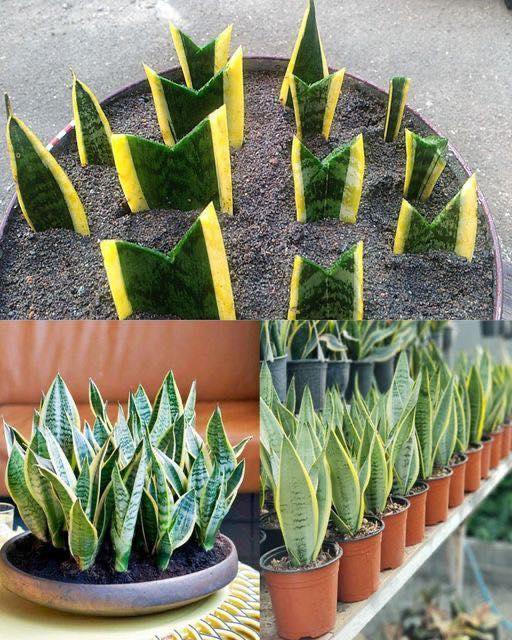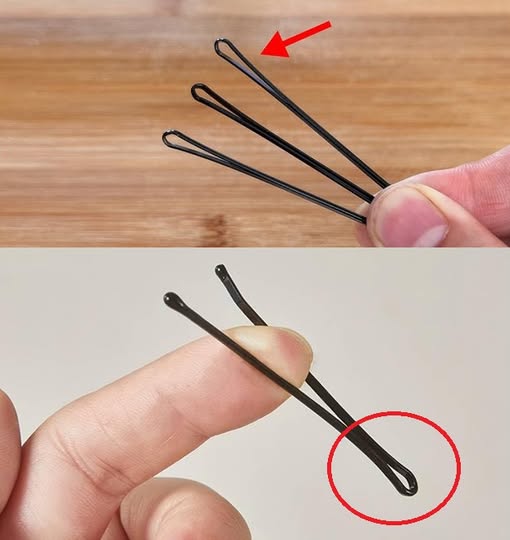Snake plants, scientifically known as Dracaena trifasciata (previously classified as Sansevieria trifasciata), are among the most popular houseplants for a reason. Not only do they add a striking aesthetic to any room with their vertical, sword-like leaves, but they also serve as one of the best air-purifying plants. Native to West Africa, snake plants are incredibly resilient and can thrive in various environmental conditions, from low light to dry air. If you’re a fan of this hardy beauty, you’ll be excited to know that with just a simple method, you can propagate unlimited new plants from its leaves. And the best part? It’s easy and fun!
Whether you’re a seasoned gardener or a novice, propagating snake plants from leaf cuttings is a gratifying and inexpensive way to expand your collection of these stunning plants. This guide will provide you with the steps, tips, and tricks you need to propagate snake plants both in water and soil. So, let’s dive into the details!
Best Time to Propagate Snake Plants
To successfully propagate your snake plant, timing is essential. The ideal time to propagate snake plants is during their active growing seasons in Spring and Summer. These are the months when the plant’s growth rate is at its peak, providing an optimal environment for the cuttings to root and establish new growth.
While it is still possible to propagate snake plants during Fall, just be cautious about the temperature and light levels. Propagation in Winter should generally be avoided unless you can provide sufficient warmth and light indoors. Snake plants thrive best when the temperature is kept between 60°F to 90°F (15°C to 33°C), which is a comfortable range for them to grow.
How to Propagate Snake Plants from Leaf Cuttings in Water
One of the simplest and most effective ways to propagate snake plants is by rooting leaf cuttings in water. This method requires minimal tools and works well, particularly if you don’t have a lot of space for soil-based propagation. Plus, it allows you to keep an eye on the rooting process, which can be satisfying to observe!
Things You’ll Need:
- A sharp knife or scissors
- A glass jar, vase, or container
- Clean, fresh water
- Rooting hormone (optional, but can help speed up the rooting process)
Method:
- Prepare Your Cutting:
- Start by selecting a healthy, mature leaf from the base of the plant. Use a sharp knife or scissors to make a clean cut at the base of the leaf. It’s essential that the leaf is mature because older leaves have a higher chance of rooting successfully.
- Cut the Leaf into Sections (Optional):
- If the leaf is too large, you can divide it into several smaller sections, each about 4-6 inches in length. Be sure to cut the sections in a way that the bottom of each cutting is clearly marked. It’s crucial to remember which side of the leaf is the “bottom” because this will determine how the leaf roots.
- V-Shaped Cut (Optional):
- To increase the chances of successful rooting, consider making a V-shaped cut at the bottom of each leaf section. This increases the surface area, allowing the water to reach more of the cut area. This step enhances the rooting process.
- Place the Cuttings in Water:
- Fill a glass jar or vase with water and place the cuttings into it, ensuring that only the bottom 25% of the cutting is submerged. Keep the water level consistent and make sure the cut end of the leaf is fully submerged to encourage root growth.
- Keep the Cuttings in a Warm, Indirectly Lit Area:
- Place the jar or vase in a warm, well-lit area with indirect sunlight. Snake plants do not require direct sunlight, so avoid placing them in harsh sun. Ideally, they should receive bright but indirect light.
- Maintain the Water:
- Change the water every couple of days or whenever it appears cloudy. Stagnant or dirty water can slow down the rooting process and may even lead to rotting.
- Wait for the Roots to Develop:
- Be patient! Root development can take anywhere from 2 to 3 months, depending on the temperature, light conditions, and health of the cuttings. You will notice tiny white roots emerging from the bottom of the cuttings.
- Transplant Once the Roots Are Ready:
- When the roots are a few inches long, it’s time to transplant the cuttings into a pot filled with soil. You’ll know the roots are ready when they look thick and strong.
How to Grow Snake Plants from Leaf Cuttings in Soil
If you prefer to skip the water propagation method and go straight to the soil, don’t worry—this is equally easy and effective! Propagating snake plants from cuttings in soil is ideal if you want to minimize water maintenance and encourage faster root growth.
Things You’ll Need:
- Clean, sharp scissors or a knife
- A container or pot
- Cactus or succulent potting mix (or any fast-draining potting soil)
- Rooting hormone (optional, but recommended for better results)
Method:
- Prepare Your Cutting:
- Cut a healthy, mature leaf from the base of the snake plant using clean, sharp scissors or a knife. Like the water method, cut the leaf into smaller 4-6 inch sections. Make sure each section has a clear “top” and “bottom.” The bottom should be the part closest to the root system of the mother plant.
- Let the Cuttings Callous:
- Before planting your cuttings, allow them to sit in a dry area for 2-3 days. During this time, the cut ends of the leaves will begin to callous over. This process helps prevent rot or fungal infections when the cuttings are placed into the soil.
- Optional: Dip the Cuttings in Rooting Hormone:
- To increase the chances of successful rooting, you can dip the cut end of each cutting in rooting hormone. This product encourages the development of strong, healthy roots, though it’s not strictly necessary.
- Plant the Cuttings:
- Fill a small container or pot with cactus or succulent potting mix. These types of soil drain quickly, which is ideal for snake plants. Alternatively, you can use pure cocopeat for a soil-free propagation method.
- Insert each cutting into the soil, making sure that the bottom (cut) end is buried in the soil, about 1-2 inches deep.
- Water and Set the Cuttings in a Bright, Indirect Light Area:
- After planting, water the soil lightly to ensure it’s moist but not soaking wet. Avoid overwatering, as snake plants are prone to root rot if the soil is too wet.
- Place the pot in an area that gets bright, indirect sunlight. Make sure the temperature remains warm, and try to keep the pot in a space that maintains a temperature of 60°F to 90°F (15°C to 33°C).
- Wait for Roots to Develop:
- Rooting in soil takes anywhere from 30 to 60 days, depending on environmental factors. During this time, the leaf cuttings will develop roots, and after 6 weeks or so, you’ll begin to see new growth emerge from the top of the cuttings.
- Transplant Once Established:
- When the cuttings have developed a strong root system and new shoots are visible, you can transplant them into larger pots with fresh soil, allowing them to grow into full-sized snake plants.
Additional Tips for Success:
- Humidity: Snake plant cuttings tend to root better in a humid environment. You can place a plastic cover or a humidity dome over the cutting pot to maintain moisture around the cuttings, especially if you’re propagating in dry indoor conditions.
- Clean Tools: Make sure your scissors, knife, or any tools you use for cutting are sterile. Cleaning them with rubbing alcohol before cutting will help avoid introducing harmful bacteria or pathogens to the cuttings.
- Slow Watering: After transplanting the rooted cuttings, water them sparingly. Snake plants do not need frequent watering, so ensure the soil is dry before watering again. Overwatering is one of the most common causes of death for snake plants.
- Be Patient: Growing snake plants from leaves takes time. While the process may seem slow, snake plants are incredibly resilient, and with patience, you’ll soon have new plants to enjoy.
Conclusion: Propagating Snake Plants is Easy and Rewarding
Propagating snake plants from leaf cuttings is one of the most accessible and enjoyable gardening tasks you can take on. Whether you choose to propagate in water or soil, this method allows you to grow an unlimited number of new plants with just a little time and effort. In addition to providing you with new plants to decorate your home, you’ll also be able to enjoy the air-purifying benefits of snake plants in every corner of your living space.
So grab your scissors, get a few healthy leaves, and start propagating your snake plants today. Happy gardening! 🌱





